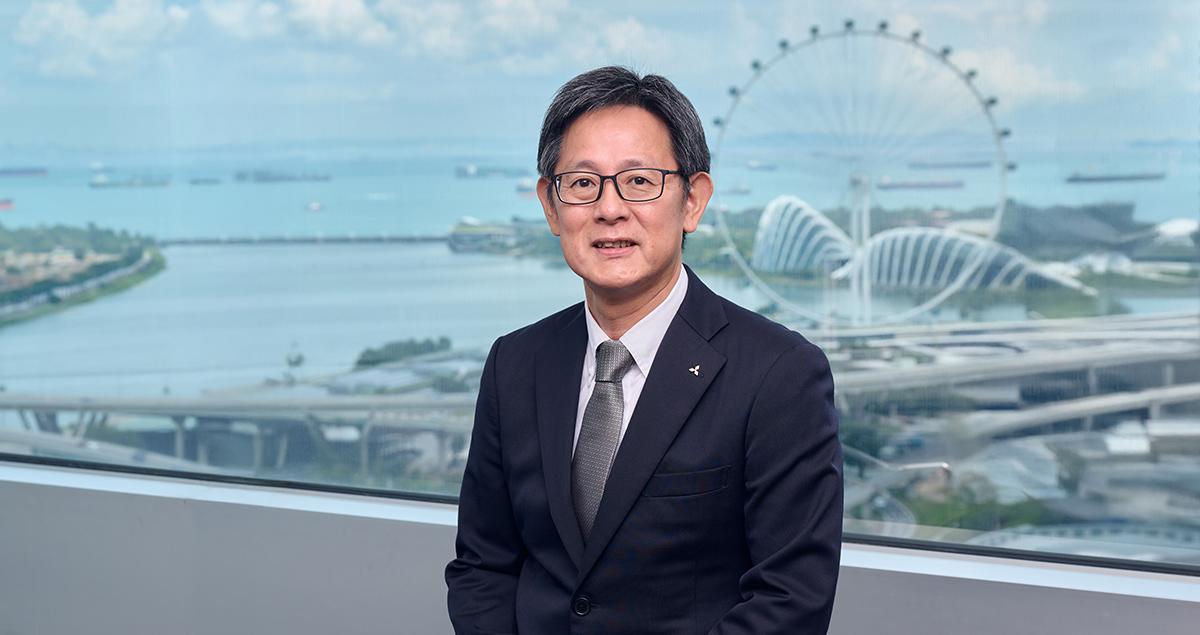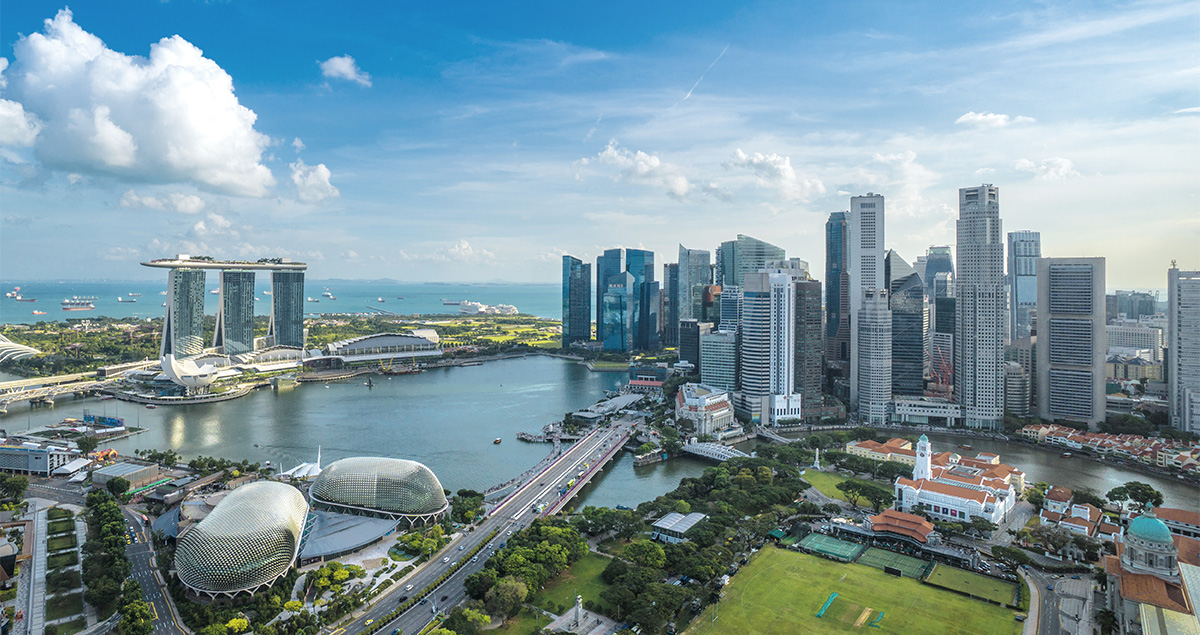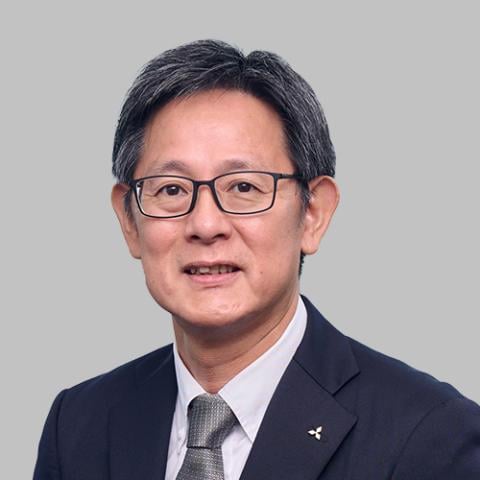Solving the Trilemma: how to advance Asia’s Energy Transition

This article was previously published in our newsletter, if you're not already a subscriber, sign up here.
It feels like the world’s journey to net zero emissions is at a crossroads. Gone is the enthusiasm among policymakers, companies and investors that was evident at global events such as the annual COP meetings in Dubai and Glasgow in recent years.
It has been replaced by a sober reality of higher interest rates, lower economic growth and rising geopolitical tensions. In the United States, the new administration is rapidly shifting its stance on combating climate change and encouraging a resumption of fossil fuel use. Even Europe is scaling back some of its signature climate policies, such as carbon trading.
This is having an impact across Asia Pacific -- the region on which I am focused -- which is home to a number of developing countries that are grappling with the ‘Energy Trilemma’ of trying to provide their growing populations with ever increasing amounts of energy that is not only affordable and secure but also clean.
Over the past year I have visited the major ASEAN nations at least twice from my base in Singapore. While each country has a unique set of resources and challenges, my strong impression is that many governments across Asia are re-prioritizing affordability over security, with the drive to rapidly decarbonize very much relegated to third place.
The question therefore arises how the private sector, including technology providers such as MHI, can help countries to rebalance these three factors in order to truly solve the trilemma.
Steps to the solution
The first step, in my opinion, is devising a proper plan for achieving their Energy Transition. Most countries, from Malaysia and Indonesia to Thailand, Vietnam and my native Japan, have set 2050 net zero targets. Some have even outlined intermediary goals for 2030 and 2040, or specific contributions from different energy sources. Vietnam, for example, announced this February that it aims to produce 16% of its electricity from solar power by 2030, up from 5% previously.
However, Vietnam’s new energy policy also warns it will need 40% more energy by 2030 than it previously expected. The truth is that few Asian nations have developed detailed road maps for putting in place enough clean power to meet their economic needs. Singapore is, perhaps, the honorable exception.

Second, ambitious goals mean little unless they are backed by a well-conceived regulatory framework and some level of financial support, whether this comes in the form of tax breaks, incentives, capital allowances or carbon credits. The earlier such measures are in place and the longer they are available, the easier it will be to attract private capital to launch and then scale new technologies and large, multi-year infrastructure projects.
Governments, in partnership with industry and investors, also need to think strategically and realistically about which clean energy technologies they should prioritize – and this will depend on their natural and financial resources.
Indonesia, Vietnam and the Philippines are still heavily dependent on coal for power generation and, to an extent, want to exploit this cheap energy source for as long as possible while preparing for a broad switch to renewables.
An intervening step to gas is an option they should perhaps consider. Modern gas turbine combined cycle (GTCC) power plants, such as those developed by MHI, can reduce emissions by two thirds compared to a traditional coal power plant, while generating ample baseload power.
Singapore and Thailand have successfully switched to gas for large parts of their electricity supply and are preparing for the future by installing hydrogen-ready turbines from suppliers like MHI. These large gas turbines can co-fire 30% hydrogen currently and will be able to fully use this clean fuel in 2030 or thereafter, eliminating all CO2 emissions.
Australia, meanwhile, blessed with ample land and good weather is focusing on developing solar and wind power. However, its ambitions to use excess renewable energy to produce green hydrogen and then export this across the region are being hampered by stubbornly high generation costs and several such projects have been put on hold.
Supply chain logic
This leads me on to the next point: the need to build proper supply chains for clean energy technologies, from production to transport and then usage – or in the case of CO2 capture, storage. This is a job for the private sector, assuming proper support. MHI, for example, is working on regional transport networks across Asia’s vast distances.
Imagine a combination of pipelines, trucks and ships that could, in the future, carry hydrogen and/or ammonia from Australia to Japan or South Korea and return with CO2 for long-term storage in exploited offshore oil wells.
Only when all of these building blocks are in place -- strategic goals, a detailed roadmap, policy support and an emerging supply chain – will clean technologies attract enough investment to be able to scale and become cost competitive.
Singapore illustrates what can be done. Early, largescale investment in GTCC plants means more than 90% of its electricity already comes from gas, augmented by LNG import terminals and bunkering facilities. That gas can, over time, be replaced by (imported) green hydrogen.

Meanwhile, the city state is developing renewables where it has space and installing high efficiency centrifugal chillers as part of district cooling in the heart of the city. Singapore’s waste-to-energy plants produce electricity through the steam generated from waste combustion and cut the need for landfill, while modern electrified trains and automotive people movers (APMs) transport passengers through the airport and around the city.
Strategic foresight coupled with upfront investment is a lot to ask of any government, particularly ones with competing priorities and finite resources. But it is the only way, in my view, to solve the trilemma and advance a sustainable Energy Transition. And I believe that MHI, as a leading clean technology provider, can play a vital role in helping Asian governments implement ambitious but realistic decarbonization plans.
![]()
Discover more about MHI Group's business in APAC





